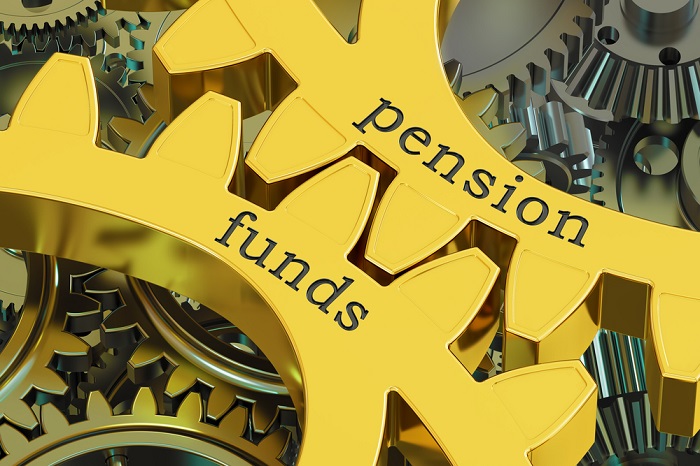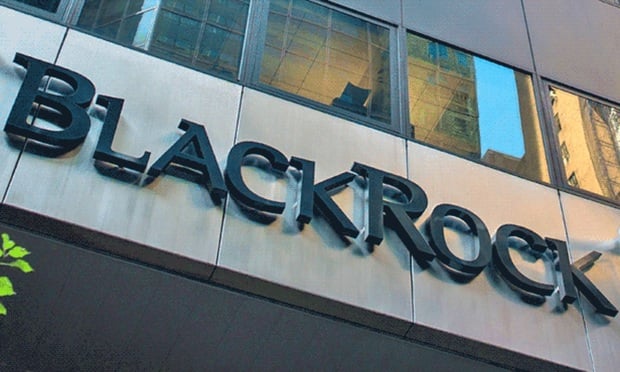 (Photo: Shutterstock)
(Photo: Shutterstock)
State and local pension plans have taken a beating from a bear market, geopolitical conflict and record inflation in 2022.
"The headline looking at 2022 compared to 2021 is not going to be a surprise," says Anthony Randazzo, executive director of the Equable Institute. "There has been a meaningful reduction in state pension funded status. The number of states that were above 90% as of the end of 2021 was 17. We are projecting for 2022 that it's going to be down to just seven."
Recommended For You
Randazzo shared his insights during a July 18 preview of "The State of Pensions 2022: The Era of Volatility — Asset Shocks, Inflation and War." The Equable Institute is a bipartisan, non-profit organization that provides education about retirement plan sustainability and accountability.
The institute estimates that the aggregate 2022 funded ratio will decline to 77.9% and aggregate unfunded liabilities will increase to $1.4 trillion, which would be the largest single-year decline in the funded ratio since the great recession. "2021 was the first year in a long time that unfunded liabilities dipped below the $1 trillion mark, down to $933 billion," Randazzo says. "That's going to jump back up."
Investment returns are driving the decline. "We are projecting through June 30 that the rate of return for state and local plans is negative 10.4%," he says.
The ongoing war in Ukraine is not a significant factor in the downward trend.
"The war certainly has affected plans at some level, but the direct investment in Russia from plans came out to about $5.7 billion," Randazzo says. "That's not nothing, but for almost no plan is it more than 1% of assets. Even the effort to divest from Russian assets will be largely symbolic."
Equable saw the decline coming a year ago. "Last year in our report, we wrote that the double-digit returns in 2021 pulled forward investment returns from future years, reflecting an overvaluing of certain public companies," he says. "This year's suggested returns have made that even truer than we thought at the time."
This year's report reveals several trends:
- This funded status reversal was inevitable.
- State and local pension plans have reached historic levels of investments in private equity and real estate, doubling down on what has become a high-risk, high-reward dilemma for trustees. This paid off in 2021 but caused a lot of pain in 2022.
- There is a direct relationship between alternative investments comprising more than a quarter of public plan assets during the past few years and the more volatile swings in funded ratios.
- The state and local pension plan average assumed rate of return is below 7% for the first time in history, and the downward trend in investment expectations likely will continue.
- Funded ratio trendlines for state and local retirement systems are relatively similar in recent years.
- In 2022, Equable estimates that state and local pension funds lost roughly one-half of the assets that were gained during the 2021 fiscal year.
- Not only did states and cities do the responsible thing by paying 99.8% of their required contributions in 2021, but they also allocated more than $12 billion in supplemental payments during fiscal 2022.
- Roughly 2 of every 3 dollars paid by government employers into pension funds pays down unfunded liabilities.
- Member contribution rates have risen significantly over time regardless of enrollment in Social Security, cutting into public employees' paychecks.
Despite the national trends, some states are doing better than others. Factors among the better-performing states include ramping up contributions, adopting risk-sharing policies for pension plans and historically strong funding policies.
"It's easy to look at the funded ratios and assume that everything is gloom and doom," says Jon Moody, vice president of research for the Equable Institute. "But that actually is not the case. There have been several silver linings that have shown through, and contribution rates is one of them. Back in 2001, when most plans were well-funded, the majority were paying 98.3% of what was required. During the recession years, we were down around 80%. Our silver lining is that in 2021, 99.8% of actuarially required contributions were made. Almost every statewide plan was paying their full pension bill."
Moody and Randazzo point to several things to watch for in coming years:
- Investment volatility and asset allocation strategies
- Reduction of assumed rates of return
- Policies that aim to pay pension debt faster plus supplemental payment effect
- Efforts to reduce fees or consolidate fund management
- Effect of labor market trends on public worker hiring and retirement patterns
- Effects of inflation on retirees
- Debates about divestment and ESG proxy votes
- States expanding choice of benefits
"If there is one lesson in the data from 2022, it's that volatility matters, and it matters more so now than probably ever before," Randazzo says. "We should be expecting in the coming years more swings in the funded status of plans. There are going to be some relatively flat investment years and there are going to be some slight improvements and declines. But given the way that assets are allocated right now, there is not a lot of counter-cyclical investment going on in most state and local plans so we think that in the broader spectrum, as financial markets go, so will public plans."
© Touchpoint Markets, All Rights Reserved. Request academic re-use from www.copyright.com. All other uses, submit a request to [email protected]. For more inforrmation visit Asset & Logo Licensing.







